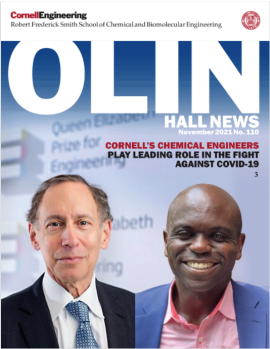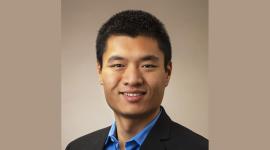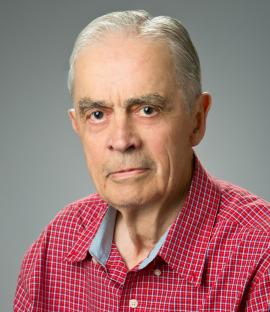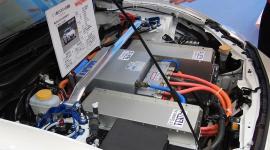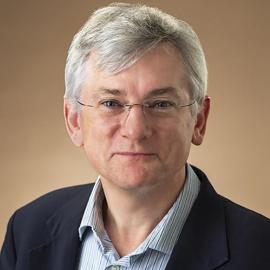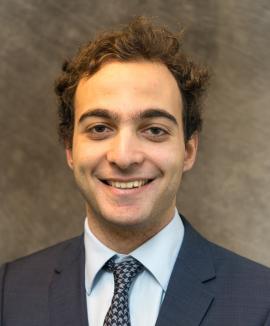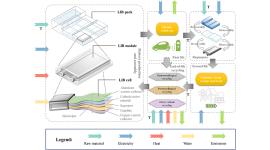
Virtual meetings have power to lower carbon emissions
Even before the COVID-19 pandemic, academics and business professionals were shifting away from in-person travel to conference events because of the related carbon costs, especially for air travel. Climate leaders from Sweden’s Greta Thunberg to Dr. Peter Kalmus, the founder of “No Fly Climate Sci,” were calling attention to the environmental impacts of these gatherings. Whether it’s the 118 private planes that took leaders to COP26 in Scotland, or the high-emission foods on the menu at Davos, the public now notices too.But pandemic lockdowns and travel restrictions accelerated the change, and... Read more



